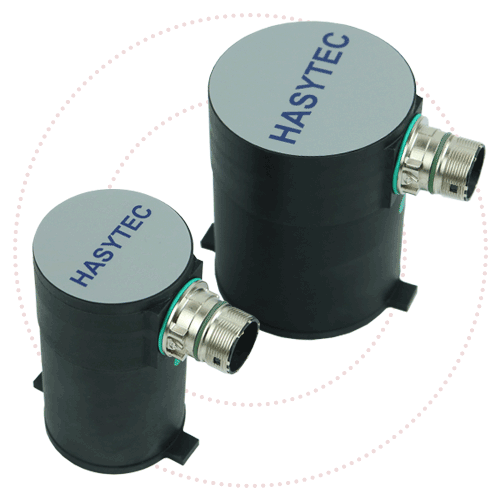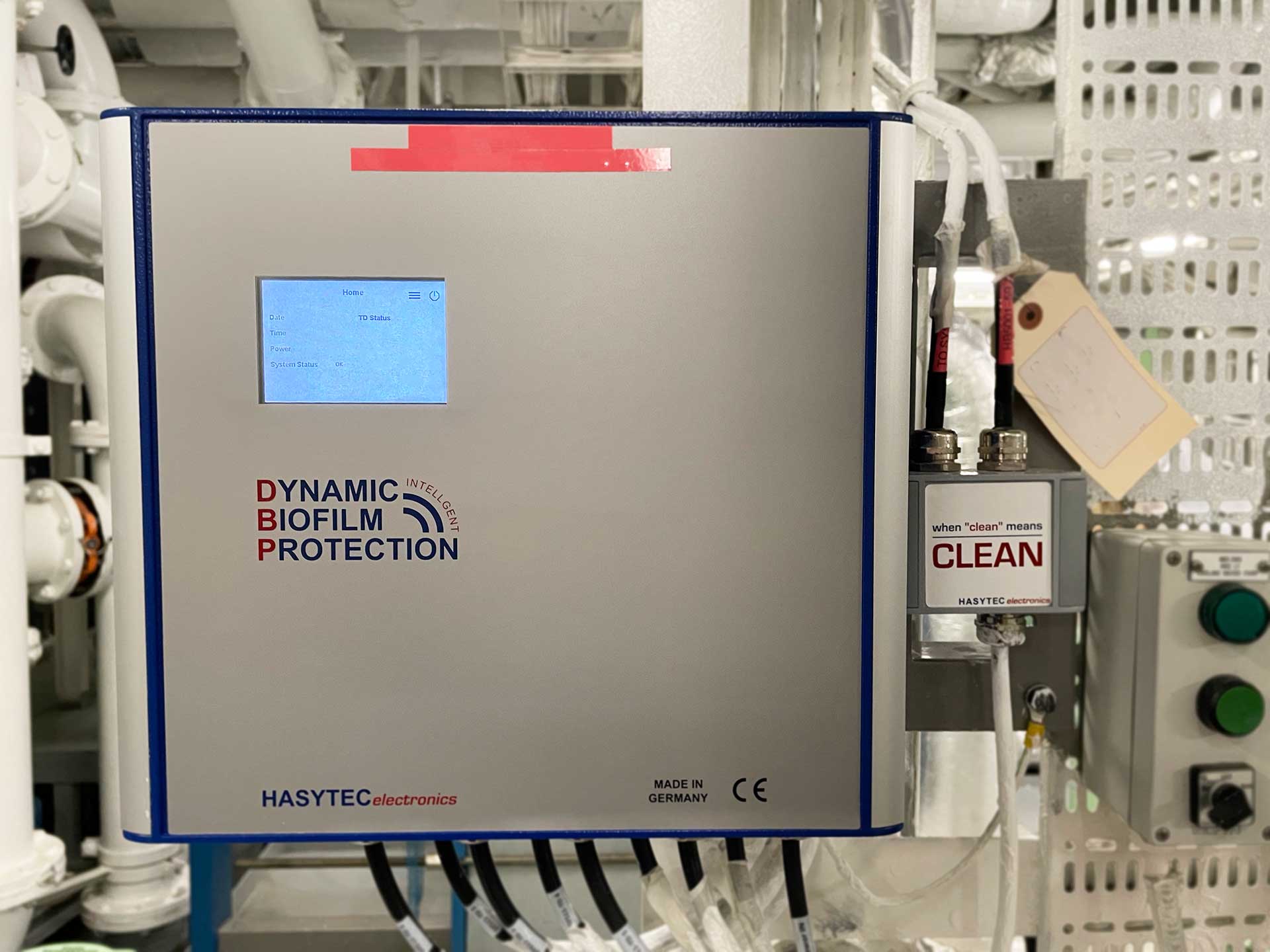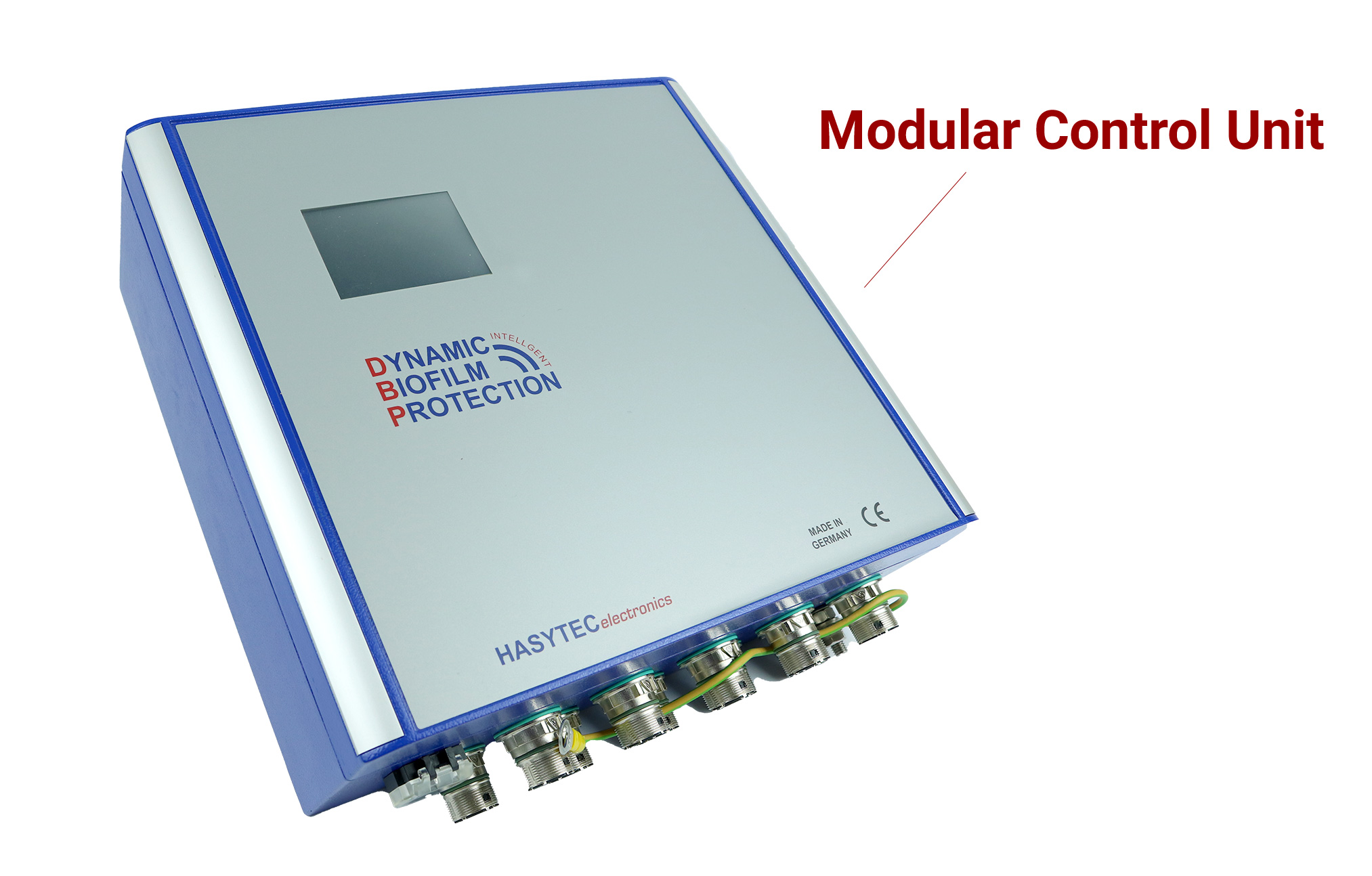Working Principle
How does it work?
Biofilms are formed by the unwanted settlement of single and multicellular organisms on liquid carrying surfaces. Initially, dissolved organic molecules are adsorbed onto any submerged material, held namely by the van der Waals forces. Then, bacterial and algal cells adhere to the surface, mediated by secretion of glue – like substance of extracellular polymers or EPS, which contain polysaccharides, proteins and nucleic acids. As the biofilm matures, it starts to disperse and spread over a larger area. It also hardens, which increases its mechanical resistance. The formed community secretes a number of chemical cues that attract bigger, often sessile organisms, like mussels and barnacles on various locations such as hulls, seawater cooling systems, propellers, tanks and freshwater generators. In industrial plants, biofilm favours the deposition of organic and inorganic residues, which leads to accelerated corrosion. In industrial cooling systems, biofilm hosts bacteria species such as Legionella or Pseudomonas.


Transducers are glued onto the application to be protected (e.g. plate heat exchanger) from the outside. A self-developed adhesive process is used for this purpose which ensures the correct handling of the adhesive and at the same time prevents the transducers from moving during the curing phase. For this process a patent application is pending. The transmitted ultrasound signals penetrate the surface and diffuse into the medium (water, product). A combination of two mechanisms act to prevent deposition: the gentle vibration created at the interface between the sonicated solid structure and medium, and the absorption of acoustic energy that results in alternating high and low cycles, causing rapid bubble oscillations and stream flow. These oscillations cause eddy currents as a consequence of the fluid displacement around the bubbles, which prevent deposition. The technology works with stable cavitation, thus preventing the materials and machines from being damaged. This is in contrast to transient cavitation that causes bubble implosion consequently leading to possible damage and accelerated corrosion.

The frequency range of our system falls outside of the hearing range of fish but is congruent with that of some cetacean species. However, due to the relatively low power ultrasound, the propagation range of possible hull systems and thus the environmental impact are expected to be limited. Nevertheless, the effect on marine mammals is currently under investigation as we want to make sure to deliver the most environmentally friendly antifouling solution.
Requirements in shipping and industry represent different challenges. During research & development there was a special focus on these differences. The results are DBPI® (Shipping) und IDP® (Industry), both solutions are especially developed and designed for their purposes.
